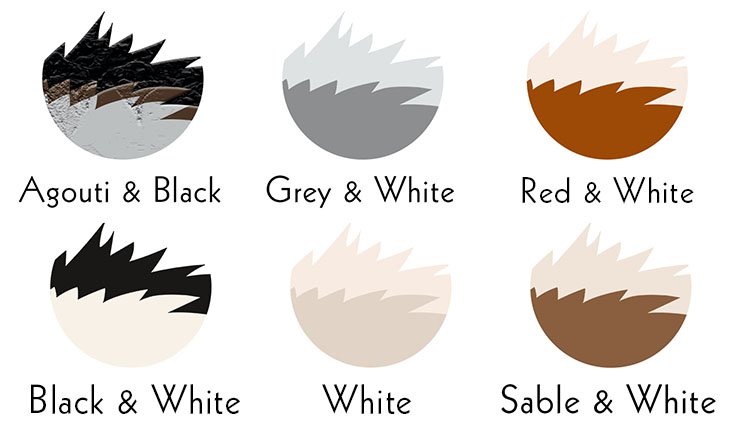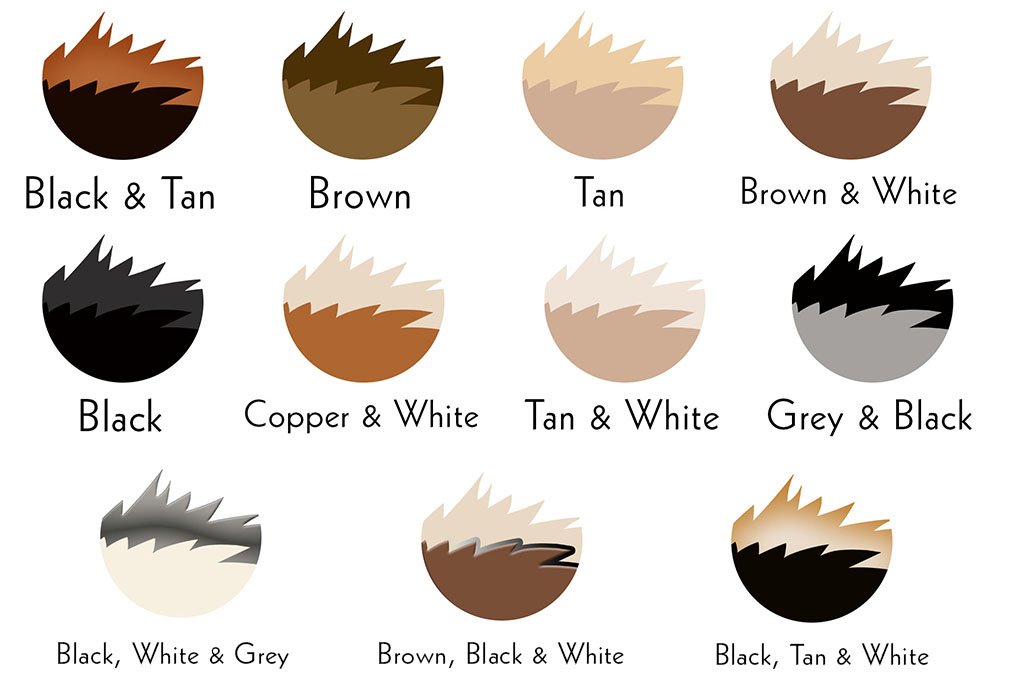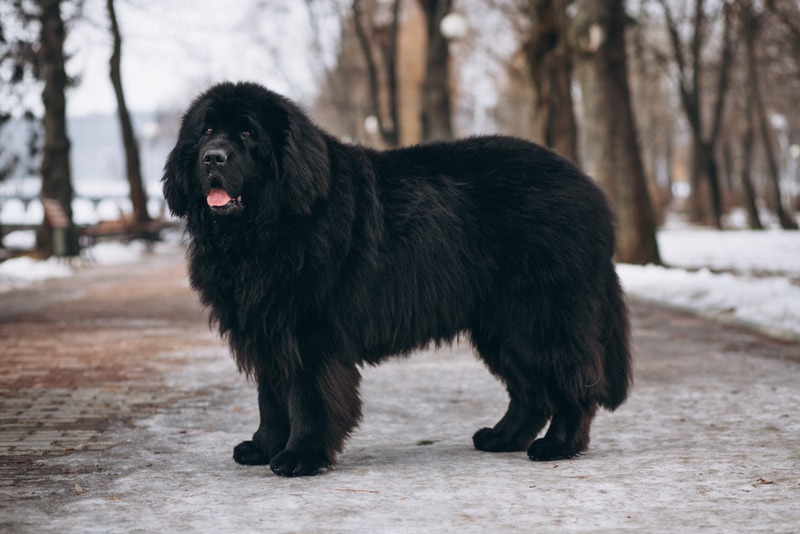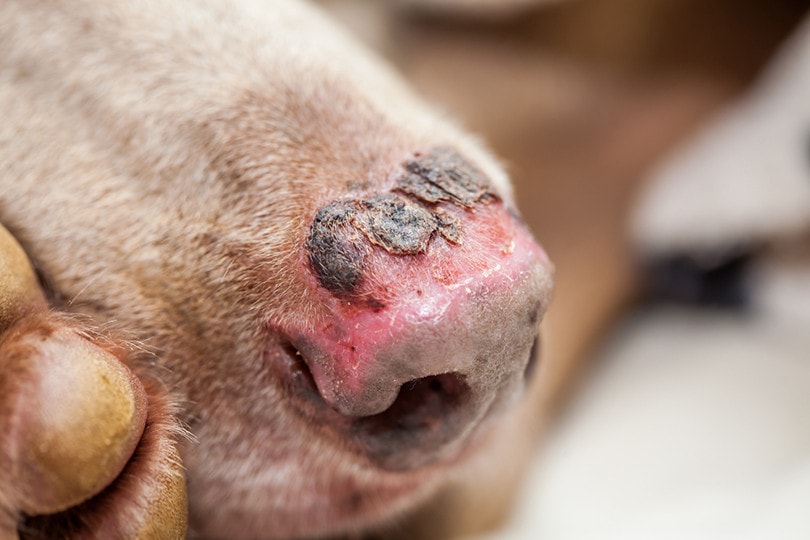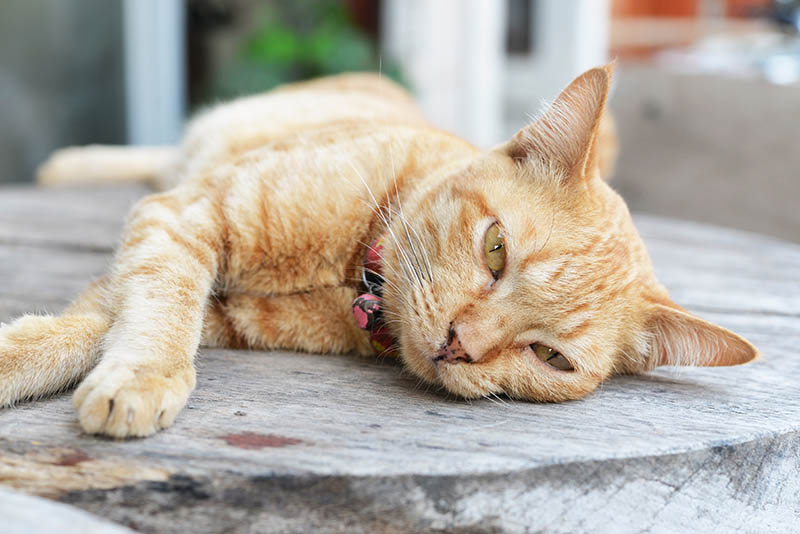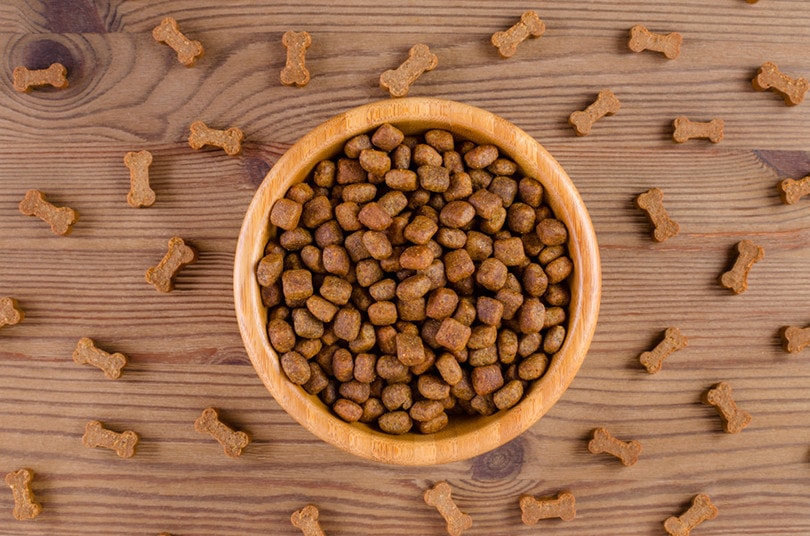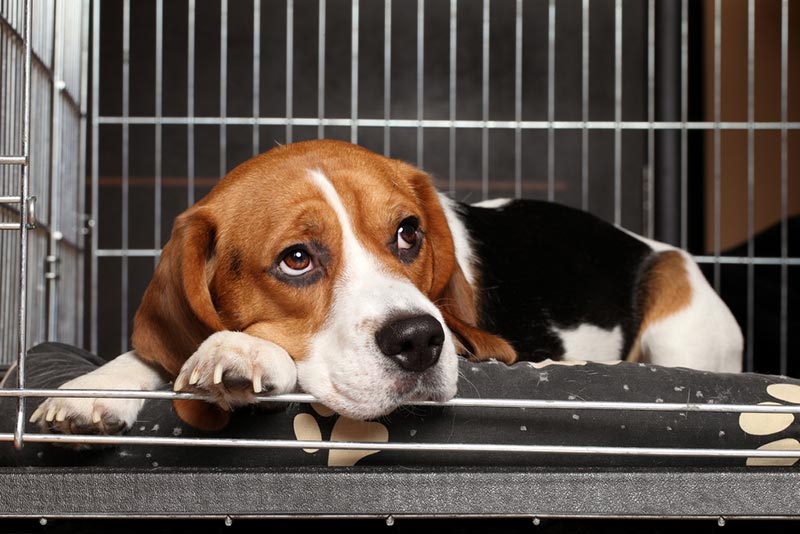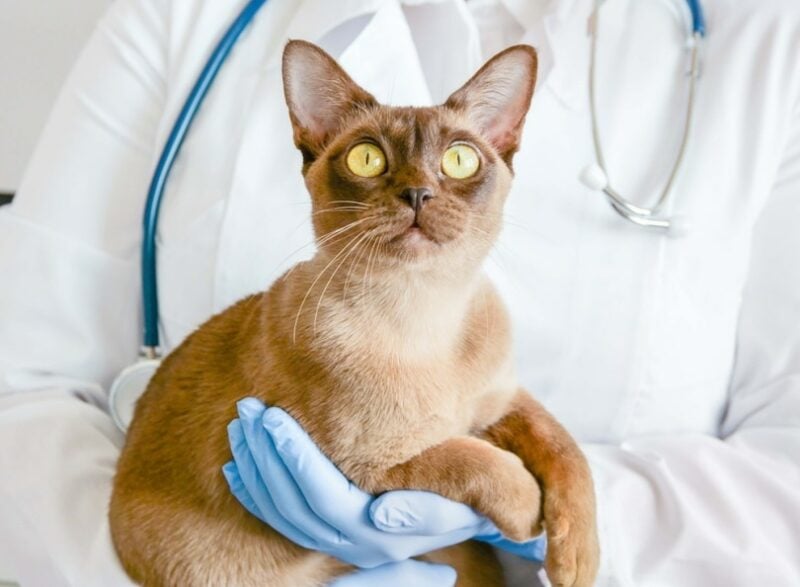17 Siberian Husky Coat Colors, Patterns, & Markings (With Pictures)

Updated on
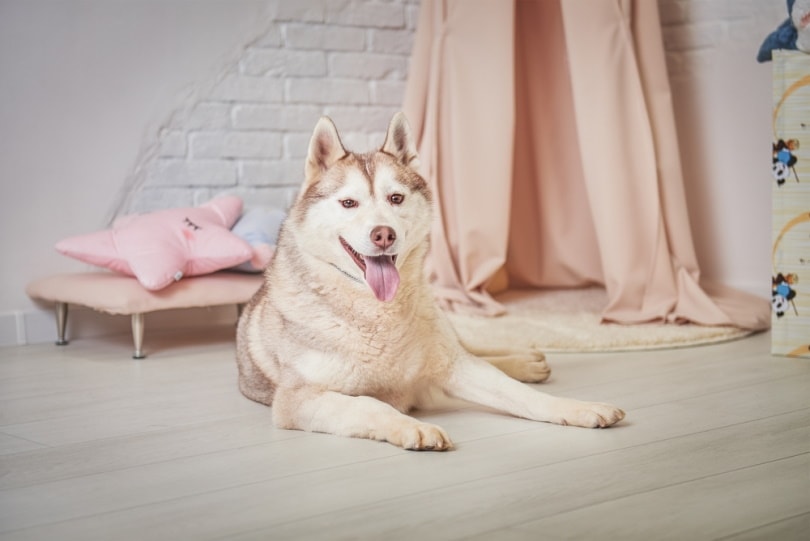
The Husky is a medium-sized work dog that’s outgoing, loyal, and known to be naughty from time to time. It’s also one of the top racing dogs in the world. It has a thick double coat of fur that’s available in many colors and patterns.
Join us while we look at these colors and patterns. We’ll discuss the many varieties, as well as if there is any meaning behind them. Let’s dive in!
Siberian Husky or Alaskan Husky
There are two types of Huskies that most people know about: the Siberian Husky and the Alaskan Husky. The Siberian Husky is a pure-breed with well-documented traits and characteristics, while the Alaskan Husky is a mixed breed and can take on many varieties of color, size, etc. Since the colors of the Alaskan Husky depend on the parents, we will be discussing the Siberian Husky here.
Husky Color History
The Siberian Husky is a direct descendant of an ancient Siberian wolf that lived more than 35,000 years ago. You can find the modern Siberian Husky with many colors and patterns, but they’re all like the colors and patterns of the Siberian Wolf and are still found in modern wolves as well.
Colors and Genetics
The genetics of coat colors and patterns is a very complex subject and requires many years of study if a breeder wishes to breed certain colors or patterns with consistency. In many cases, it can be challenging to identify a gene that causes a certain pattern or color to appear. Another thing breeders need to worry about is that the same genes responsible for a certain color or pattern may also be accountable for other processes within the body.
Siberian Husky Colors
Let’s separate the colors into recognized breed standard and non-standard colors. While they might not be considered standard breed colors, the American Kennel Club recognizes all colors.
Breed Standard Siberian Husky Colors
These are the colors recognized by the American Kennel Club for the Siberian Husky.
Standard Siberian Husky Colors
1. Agouti and White Husky
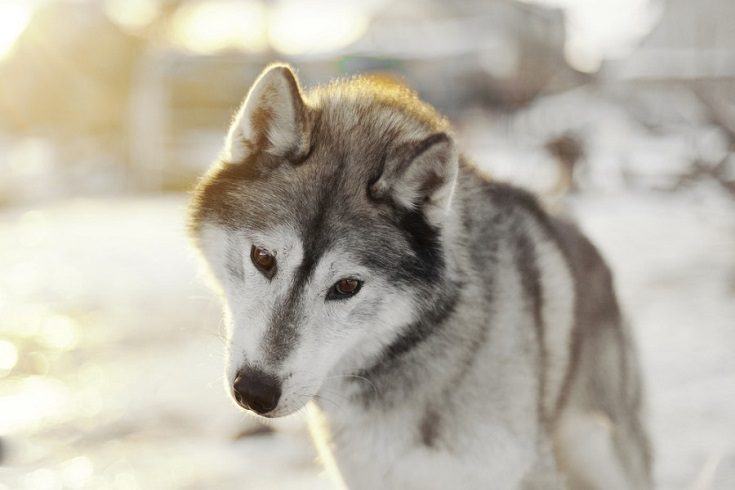
Agouti is a pattern of several colors combined to make a pattern known as “wolflike” or “wild”. The undercoat of an agouti pattern is typically very dark, while the outer coat has lighter hairs of varying colors. The overcoat hairs are darker toward the base and lighter toward the tip. The Agouti Husky is a beautiful dog.
2. Black and White Husky
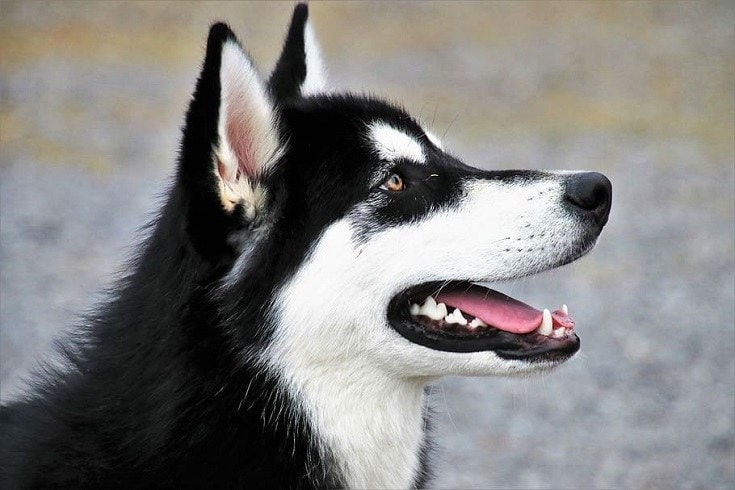
The black-and-white pattern is one of the most common patterns found in the Siberian Husky. The black can vary in intensity and spread. In some cases, the black can lighten to the point it appears silver.
3. Grey and White Husky
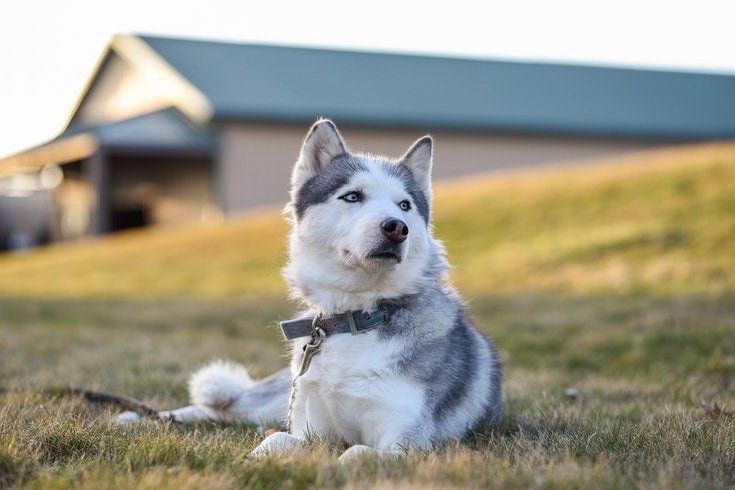
Like black, the grey color can appear in different intensities. It can look like a dark stormy grey or have a yellowish tint and can even look silvery.
4. Red and White Husky
The red color in a red and white Siberian Husky can range from a deep, almost brown-red, to a light copper color. There is usually no black color kind of red and white Siberian Husky.
5. Sable and White Husky
Sable is another type of combination of color and pattern. The sable undercoat is red or copper, while the top hairs are red near the skin and black near the tip.
6. White Husky
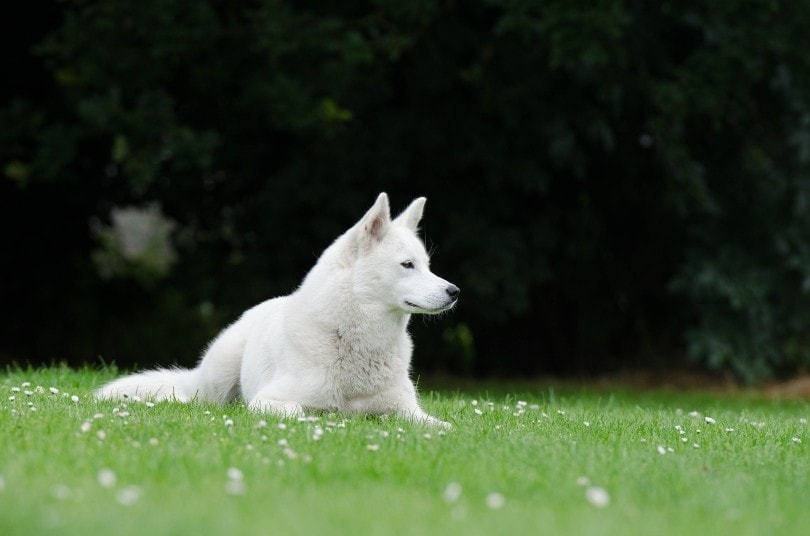
The white hairs of a white Siberian Husky can be pure white or they may have a yellowish tint. There may also be a few black guard hairs present.
Non-Standard Siberian Husky Colors
Here is a short list of other popular colors you can find on a Siberian Husky. While they might not be breed standards, the American Kennel Club recognizes all colors and will not disqualify your dog from any show.
Non-Standard Husky Colors
7. Black Husky
The black coat is a full-body coat without the white belly. The color is usually dark black, but it can vary from light grey to dark black.
8. Black/Grey and White Husky
The black, grey, and white coat can have several shades of grey along with black throughout the coat with various markings on the head.
9. Black/Tan and White Husky
The black, tan, and white coat is very similar to the black, grey, and white coat, except that instead of shades of grey, there are several shades of tan along with the black.
10. Black and Tan Husky
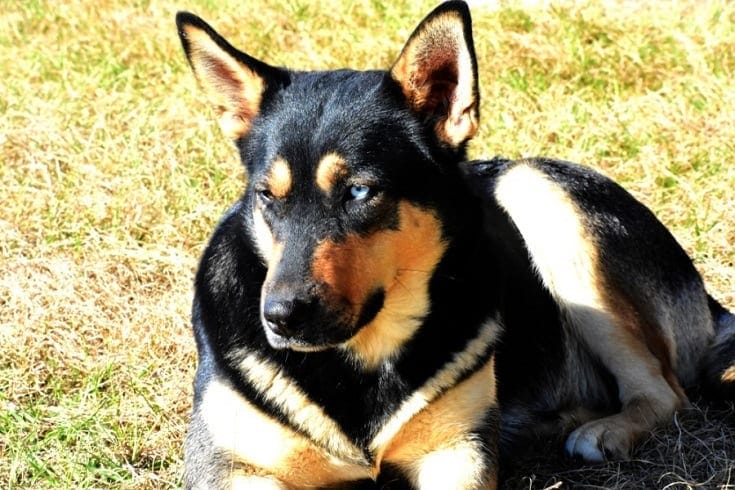
The black and tan Siberian Husky is very similar to the black and white version, except that tan replaces white in this coat.
11. Brown Husky
The brown coat is a full-body color with no white.
12. Brown/Black and White Husky
https://www.instagram.com/p/CRWjoBcIStF/?utm_source=ig_web_copy_link
The black, brown, and white coat features a mostly brown back with some smaller black spots.
13. Brown and White Husky
The brown and white coat is similar to the black and white Siberian Husky, but with brown pigment replacing the black.
14. Copper and White Husky
The copper and white coat is a red and white coat but with a diluted red color that takes on a copper appearance.
15. Grey and Black Husky
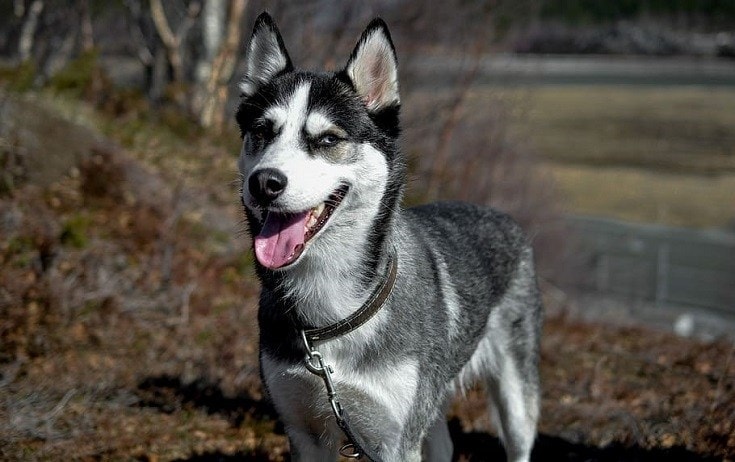
The grey and black Siberian Husky typically has more grey coloring than black, even though the grey takes the place of the standard white.
16. Tan Husky
The tan covers the entire body, and there is no white showing in the belly area. This color is a type of diluted Brown.
17. Tan and White Husky
The tan and white coat features the same diluted brown color as the tan coat, but it includes the white belly.
Merle Pattern Health Concerns
According to the Siberian Husky Club of America, the Merle pattern comes with serious health concerns. Problems associated with the Merle pattern include eye problems, deafness, decreased immune system function, and a condition called Double Merle.
Double Merle
Double Merle is a genetic condition that makes the health conditions associated with the Merle pattern more severe. Double Merle occurs when both parents have the Merle gene. This condition can cause the puppy to be stillborn, or it can cause them to have missing or poorly developed eyes. There is an increased risk of them being deaf, and they may be deaf and blind.
Siberian Husky Patterns and Markings
As we can see from the list of colors above, many Siberian Huskies have a white underside that extends to their face and paws. There are a few other patterns and markings we’ll list in this section.
1. Agouti Pattern
We mentioned the agouti pattern when we were talking about colors. The agouti pattern usually features a dark-colored undercoat and topcoat with several different colors that have a dark base and tip with a lighter color in the middle.
2. Sable Pattern
The sable pattern is another pattern we mentioned, and it features a red or copper undercoat and a topcoat that features hair with a red base and black tips.
3. Piebald Pattern
The piebald markings are known as Pinto in the American Kennel Club. This type of coat features one dominant color that covers most of the dog while two other colors show up as markings or small patterns.
Summary
The wide range of colors and patterns are very common in the Siberian Husky, so there are no real rare colors or patterns. The rarest Siberian Husky coat color is most likely white, while the most unusual pattern would probably be piebald. We didn’t mention Brindle or Merle patterns because there is evidence that they are not possible in the pure breed Siberian Husky. The Merle pattern, in particular, can be dangerous to your dog’s health, so most breeders recommend avoiding these patterns.
We hope you enjoyed reading over our quick look at the vast array of colors available in the Siberian Husky. Many of them are quite distracting, and none are difficult to obtain. If we have taught you something new and increased your love of these fascinating animals, please share this complete overview of 17 Siberian Husky coat colors on Facebook and Twitter.
Featured Image Credit: e-Kis, Shutterstock

